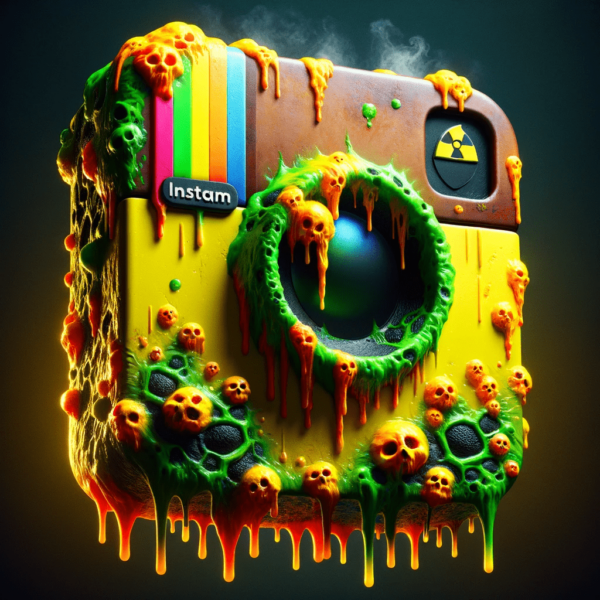What to Expect in Your First Yoga Class
Oooooh how exciting. You have finally devoted some time to your mental health. You researched a little about meditation and the body-mind thing and you’re going to take it a step further. Destiny, your girlfriend has been telling you to do yoga for at least a decade and you are finally giving in; plus your back is killing you and you need to relax from your boss’ bullshit temper tantrum last week. Maybe you’ve done some stretching and yoga videos online and you are ready to get into your first ever yoga studio class. This is a special time. Savor it.




